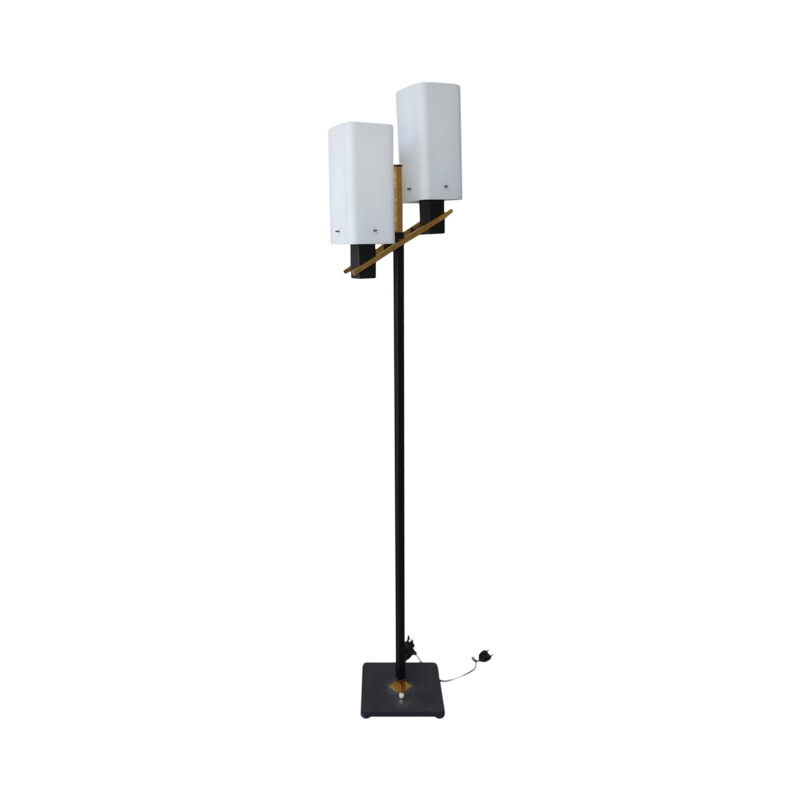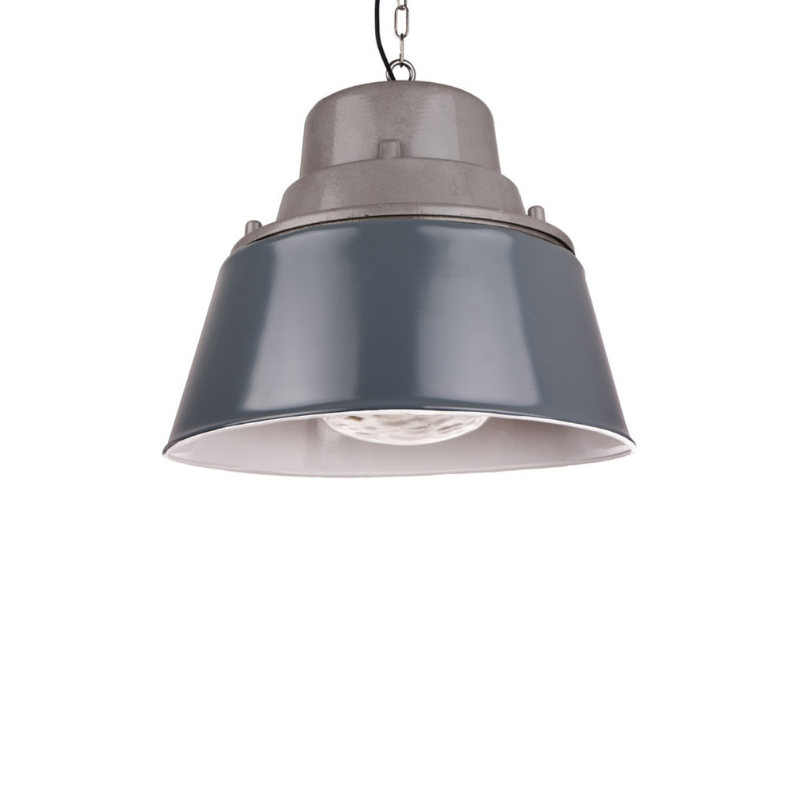Gosh just the sort of...
Gosh just the sort of question I love!
you can laminate strips (aalto) steam bend (thonet) gas it with ammonia (some italian mob) kerf cut (native american indians) bend it when its green (shakers), hot pipe bend (guitar makers)
There is a new process that I read about recently that does some amazing stuff. If I can find it I'll post a link.
Or this method DC...
you can lend your (so called) friend (Harry) your car ( my poor car) as he has had his stolen and im sort of banned at the moment...then he can plough it into a tree, therefore the wood could be bent at the source!, (thanks Harry). By the way..Harry and tree are fine.
I was watching a boat...
I was watching a boat building programme the other week and the guy was bending the laminates for the backbone of the boat, he created a long wooden box which he slid the thin strips into then he used a wallpaper steamer (with the flat end piece removed) to fill the box with steam after an hour or so he removed the laminates and then worked them into a simple flat jig / form on the work bench they took the desired shape really well, the laminates together where then glued together and then sanded clean, it looked fantastic when completed.
I cant remember what wood he was using but it was a lovely simple technique with great results
pete
Any links for bending and gluing wood laminates into...
a u-shape or a shell for a chair seat back and seat and ottoman would be greatly appreciated. All the talk about the Jetsons got me redrawing my easy chair and it began to take on some curved surfaces combined with sharper angles. I know, I know, the Jetsons wouldn't have used wood, but the heart wants what it wants. 🙂
Viviennnnnne....LOL!
I can always count on you for a chuckle, even during a stock market melt down.
But please tell me it wasn't the Lotus Exige. Ever since you opined on its virtues both on the road and parked amorously, I have been sooooo fond of the Exige. If it is the Lotus, will it be repaired satisfactorily? We're seeing a precious few of them on the roads in my part of California, but there is no substitute for a Lotus on the left side of an English road. I hope yours will be back in action soon...in all ways, of course. 🙂
DC...
Sad to say that yes it was my little Lotus, and although at first it looked to be in a terrible state my insurers and the dealers seem to think that it will be fine when it has a new face, and as a goodwill gesture my friend Harry is coughing up the readies...mucho dosho... to have its engine tuned to go even faster!!!, the nice man at the garage said i will be able to contribute even more to global warming so that must be good?, (cant wait until im allowed to drive it again...must stay sober).Ah yes, its certainly seen some action that little honey, the Lotus that is.
Short of using a vintage Lotus...
(my favorite was always the "Europe")...
I think that the most advanced system is pre-compressing the wood as done with the equipment of Compwood AS...Denmark. Thonet used to compress their wood to, but that time might be gone...
Compwood does it so efficiently that it starts to look "un-natural"...at least without the Lotus
http://www.compwood-eng.dana8.dk/
This chair is gonna cost you...
This chair is gonna cost you a lotta money! Do you want a bent shell or a bent frame?
Whatever you decide to do I'd suggest going to a small boat builder rather than a furniture maker.
You might be able to buy a shell or two and with a jigsaw cut them into some nicer curves and then get them upholstered. Large office furniture manufacturers will be able to send you in the right direction.
If you post a sketch of what sort of curve you want I could give you an idea of difficulty and cost, check vacupress.com for more info, it is the process I use.
Ho ho ho
Well, Don says he wants to make U-shaped chair shell pieces from wood "laminates" (veneers) so this is either a male form with the veneers pressed to it in a vacuum bag, or the veneers clamped between a male and a female form. I have done both, though not a deep shape such as is needed here. As the form is time-consuming to make, if all the parts can be made on the same form it would be an advantage. But the design will dictate that.
To answer the
orignal queastion, veneers do not have to be heated or steamed to bend them, but thicker plies can use some help.
The last thing I made that was curved was the edge to a living-room cabinet. It needed a Wenge nosing, 3/4" thick by 1 1/4" high with a big 1/2" radius top and bottom, wrapped around a 6" radius at the corner of the cabinet. I made this "hockey stick" loose, then glued it to the cabinet. To bend this very dense and firm wood, I sawed twelve veneers about 1/16" thick from a piece of Wenge, keeping them in order. I got a pretty good surface with the saw, so I chose not to plane or sand the strips. I made a flat form of 1" MDF copied from the shape of the cabinet, and peppered it with holes large enough to receive the heads of my clamps. I tried a dry clamp-up, using straight hardwood cauls and fewer clamps along the straight senctions, and as many clamps as I could squeeze side-by-side in the curved section (a little more that a 90-degree bend).
I decided try polyurethane glue for this bent lamination; I knew it would be messy but I would have sufficient time to work and I thought it would hold well. If there was some spring-back after the glue was set I could deal with it in on this piece. The strips of wenge were stiff enough to fight the clamps but the trial showed I could get a tight piece, so I proceeded.
I ruined a pair of old pants, but it was worth it (I had to use some "body English" to get the pieces around the curve). The result was completely satisfactory, and there was virtually NO spring-back ! Say what they will about this adhesive; I have been using it more and more, with good results.
SDR U S A
really? I've tried it a bit...
really? I've tried it a bit and that foaming really pisses me off and I tried it on some oily timber and it just didn't stick. Didn't you get foam nastiness all over your bag?
I have found using thin plies, face quality throughout and a flexible urea formaldehyde (low form. content) gives me virtually no springback and a 10mm thick shell which can take 160kg standing and bouncing on it, (my father and I). I press at 29hg in an old water bed bag, they're cheap and strong.
I'd suggest going to someone with a vacuum press DC, if you do remember to stipulate that you will own the mould once it is made.
If you need any help, please contact us at – info@designaddict.com









